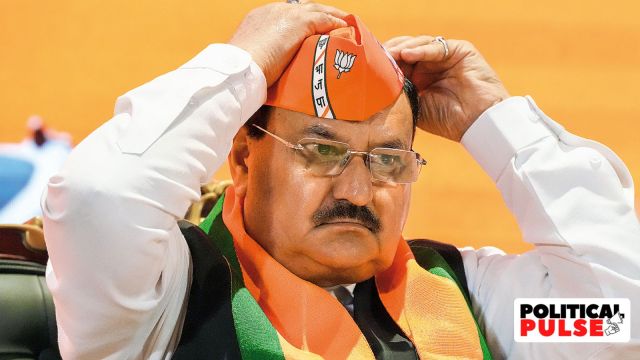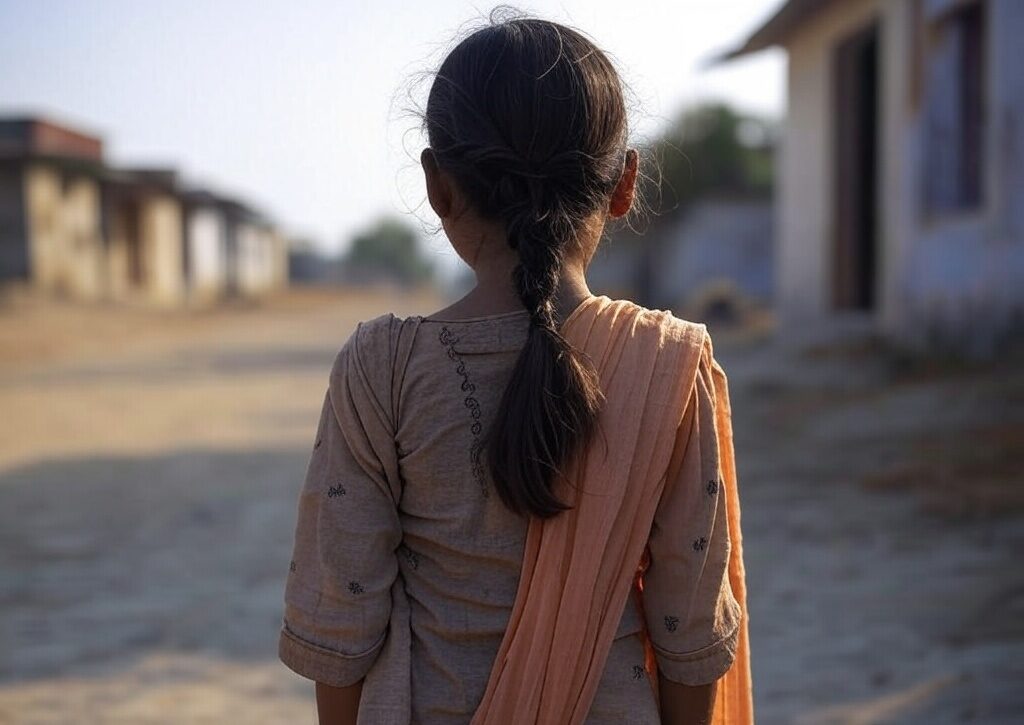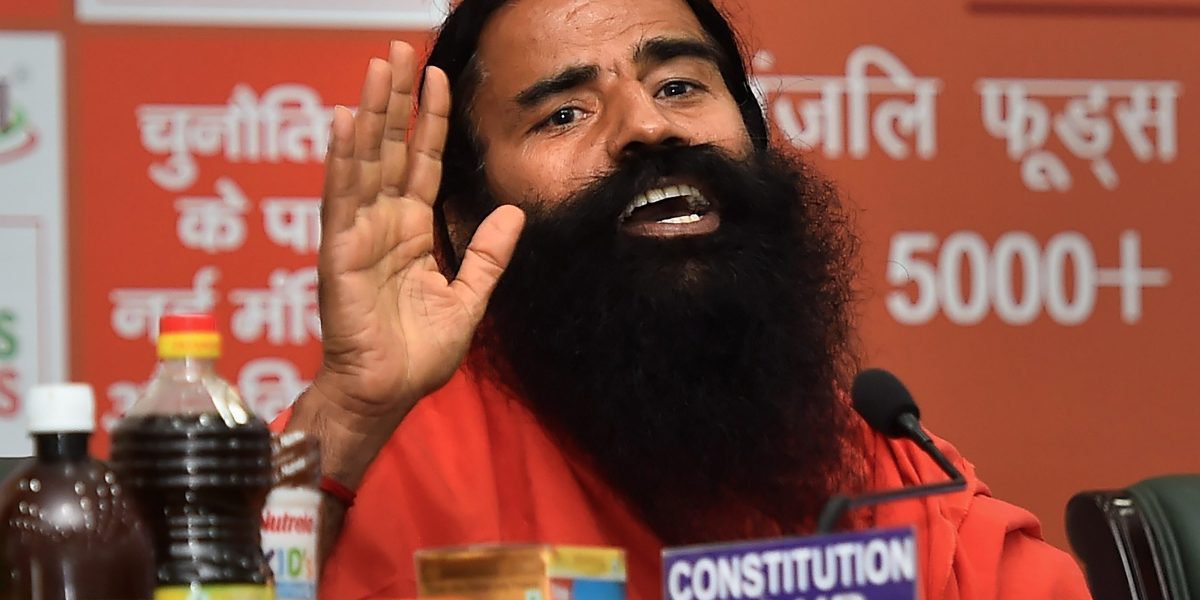
By Haris Zargar / New Frame
Protests have erupted in India after a college banned students from wearing hijab, a Muslim dress code that includes a headscarf. There are fears that the ban is part of the country’s growing hostility towards the Muslim minority and an attack on their religious freedom.
The controversy erupted in January, when a government-run college in the Udupi district of Karnataka state stopped six teenaged girls from attending lectures for wearing headscarves. The institution imposed the hijab ban in December, claiming that it violated school uniform guidelines.
Talks between protesting students and college administrators failed to resolve the crisis, which devolved into a wave of protests and counter protests as other schools imposed similar restrictions. After hijab-wearing students demonstrated for days outside the gates of the college, they were finally allowed on to campus but were seated in separate classrooms with no lessons.
“I am 19 years old and have worn this my entire life,” wrote Al-Rifa, one of the girls who was refused entry into the college campus. “I have studied in this college for six months and wearing a hijab has never been an issue till now. I had read on social media the discrimination that Muslims in the country face but now I have experienced it for the first time. I was made to realise that I am a Muslim.”
Members of Hindu nationalist groups rallied in support of the ban, warning that if hijab is permitted in schools, Hindu students should be permitted to wear saffron shawls. Students soon began turning up wearing shawls in a colour synonymous with Hindu nationalism.
Protests extended to several campuses and a few other states, and police were brought in to break up incidents of stone throwing with baton charges. In some places, police fired into the air and used tear gas to disperse the crowds.
Amid rising tensions, the state authorities shut down schools and colleges for three days, and prohibited gatherings near all educational institutions for two weeks.
In an apparent endorsement of schools’ discriminatory ban on Muslim headscarves, the Karnataka state government, led by the Hindu nationalist Bharatiya Janata Party (BJP), said “clothes which disturb equality, integrity and public law and order should not be worn”.
A judge at the high court in Karnataka, which heard the petitions by Muslim students supporting the right to wear hijab, noted on 8 February that the case was too serious a matter for a lone arbitrator and referred it to a larger bench. A three-judge bench of the court deferred the case for further hearing on Wednesday 16 February and asked students not to insist on wearing hijab on campuses till the matter is resolved. The court also said that educational institutions should resume classes for the students.
A video shot on 8 February showed a group of Hindu students shouting the religious slogan “jai Shri Ram (victory to Lord Ram)” to a lone hijab-clad Muslim woman, Muskaan Khan, 19, outside her college. The teenager responded with the Muslim refrain “Allahu akbar (God is great)” before college staff escorted her away. Khan has become the face of resistance for young Indian Muslim women.
The next day, the admission forms of six Muslim students at the forefront of the protests, including their phone numbers and home addresses, were leaked online.
Outrage over ban
The hijab ban is being perceived as more evidence of India’s growing Islamophobia and as a tactic by the Hindu nationalist government of Prime Minister Narendra Modi to segregate Muslims. Protesting Muslim students and activists have termed the ban a form of “religious apartheid” aimed at demeaning Muslim women. One of the protesting students, Rabiya Khan, said that school authorities imposed the ban because of pressure from right-wing Hindu groups. “The Hindutva elements don’t have a problem with the hijab. They have a problem with our whole religious and cultural identity,” she told The Guardian newspaper.
The Campus Front of India, an organisation of Muslim students active in southern Indian states and backed by the Social Democratic Party of India, said in a statement that a ban on hijab is “an organised nationwide conspiracy [that] is systematically executed by the right-wing Hindutva groups to dehumanise Muslim women”.
Rahul Gandhi, senior leader of the opposition Indian National Congress, slammed the restriction, noting that by letting headscarves interfere with students’ education, the authorities were “robbing” Indian women of their futures. “Prohibiting hijab-wearing students from entering school is a violation of fundamental rights,” he tweeted.
The controversy has also drawn the attention of global icons, including French football star Paul Pogba, who shared a 45-second video titled, Hindutva mob continue to harass Muslim girls wearing hijab in India on his Instagram, and Nobel Peace Prize laureate Malala Yousafzai, who urged Indian leaders to “stop the marginalisation” of Muslim women. “Refusing to let girls go to school in their hijabs is horrifying,” she tweeted.
The US Ambassador-at-Large for International Religious Freedom also remarked that Karnataka state should not determine the permissibility of religious clothing, and that hijab bans in schools “violates religious freedom and stigmatises and marginalises women and girls”.
The ruling BJP, however, justified the ban, arguing that the hijab breaks school rules on uniforms. “Educational institutions are not the place to practice one’s religion. The girls must focus on education and come to college to study, not to assert identity,” said BJP spokesperson Ganesh Karnik.
Weaponising stereotypes
While wearing hijab has been contentious for decades in countries such as France, which banned it from public schools in 2004, in India it has not, up till now, been prohibited or limited in public places. In fact, Muslim women donning hijab is a common sight across the country, and it is generally considered an affirmation of religious identity and personal choice.
But the alienation of Muslims – a community of 200 million in a country of almost 1.4 billion – has worsened since Modi’s rise to power in 2014, with his ruling BJP often using Islamophobic tropes to rouse its right-wing Hindu base. The hijab issue is a political dog whistle to embolden right-wing groups using Islamophobic and sexist stereotypes about Muslim women being “oppressed”. “Liberating” Muslim women as a civilisational project is then used as an excuse to attack the veil and Islam.
This incident is the latest in a series of affronts to Muslim women in India. Early last year they were targeted – with seeming tacit support from the state – for sexual violence during the 2020 Delhi riots and, later in the year, fake online auctions where held in which Muslim women’s photographs were used on an app where people could supposedly buy and sell them like commodities.
The hijab ban, many contend, is a way to force Muslim students to renounce their physical cultural markers of Muslimness and uphold the majoritarian cultural identity, which is synonymous with Hindu identity.
“It’s got nothing to do with hijab and nothing to do with progressive liberal views. It’s only to do with the fact that these women belong to a particular religion. We are becoming a hateful society. Communal. Regressive. Intolerant,” said Delhi-based radio host RJ Sayema. “[Hindu nationalists] say one culture, one community, one religion, time and again, talking about their supremacy. It’s not going to end here.”
Rajeev Kadambi, a political philosophy professor at OP Jindal Global University, agreed, saying the governing party’s objective is to reconfigure plural and undefined cultural practices into a forced uniformity. “The growing move towards a pan-Indian uniformisation points to the utter failure of Hindutva to offer any framework for intercultural dialogue. The present path will ultimately lead to the destruction of traditions altogether and institute the supranational as its substitute.”
This article first appeared on newframe.com






